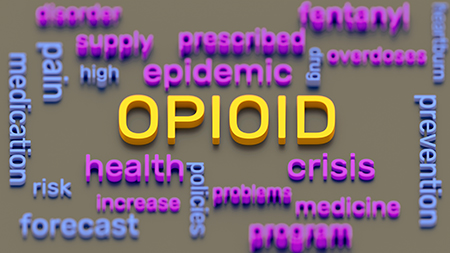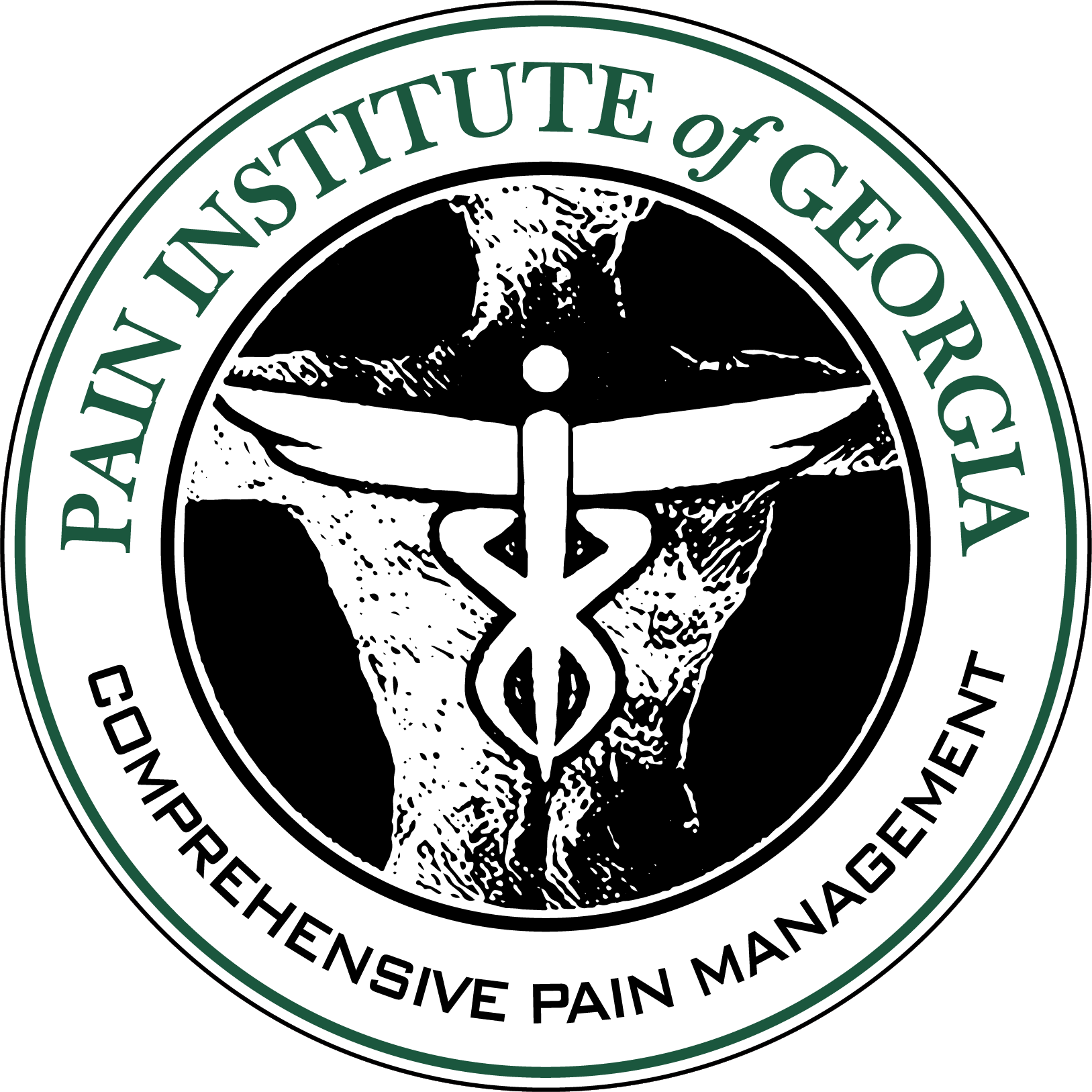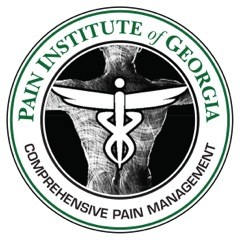Carlos J. Giron, M.D.
 America has been experiencing an opioid epidemic for over twenty years. This began with prescription medication use and abuse and this has morphed into street opioids when prescription opioids fell under tighter restrictions. The opioid dragon is dangerous and very difficult to tame.
America has been experiencing an opioid epidemic for over twenty years. This began with prescription medication use and abuse and this has morphed into street opioids when prescription opioids fell under tighter restrictions. The opioid dragon is dangerous and very difficult to tame.
The Center for Disease Control (CDC) Opioid Guidelines were published in 2016 and focused on primary care physicians who prescribe the most opioids in our nation. Education of physicians and the public has been critical in reducing overprescribing. We are making progress with over fifteen percent (15%) reduction in opioid prescriptions over a two-year span.
Unfortunately, there is much work left to be done. The overwhelming majority of patients referred to a Pain Specialist have already been placed on opioid therapy by another physician not trained in Pain Management. The opioid dragon has been released.
Pain management consultants are an afterthought. The daunting challenge of a Pain Specialist is treating pain while employing opioid “wean and taper” strategies for patients’ safety and optimal outcomes.
Opioid risk stratification is a key task for any prescriber to make appropriate clinical decisions and craft an individualized plan. This includes use of medically-accepted risk assessment screening tools and tests, as well as accessing the state’s Prescription Drug Monitoring Program (PDMP). These databases are a critical component toward ensuring that patients are not receiving controlled substances from multiple physicians. The PDMPs have successfully helped to cut prescription opioid abuse and overprescribing throughout the United States. Appropriate drug testing through urine samples is also a medical necessity that allows improved decisions to be made by prescribing clinicians.
Chronic pain is not an actual diagnosis, but further investigation must be undertaken to properly diagnose the causes of the pain. Crafting an individualized treatment plan should include several pain-reducing strategies and should involve opioids only if medically necessary. A multi-modality approach featuring patient education is most successful.
In my medical practice, I dedicate significant time to educating the injured worker as to their condition and the dangers and risks of medications and treatments. When a injured worker understands and owns their role in their treatment, the recovery from their injury is quicker, safer, and complications can be avoided. This is an excellent example of empowerment through education.
Opioid medications remain important in treating legitimate pain conditions, but they have been overprescribed and overused for decades. Now is the time to clean up the mess made by the opioid dragon we created.

